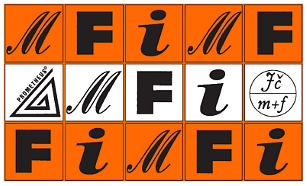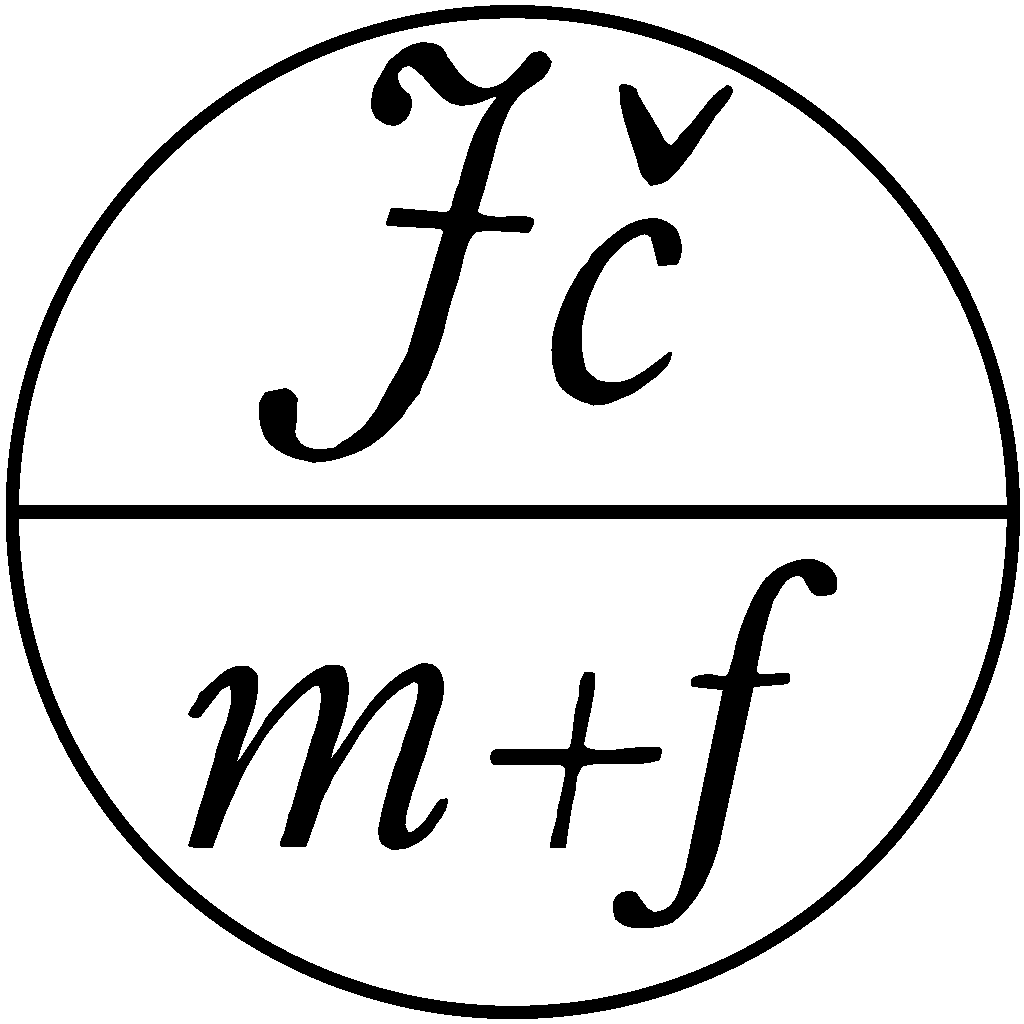Electronic supplements to high school physics textbooks
Abstract
The concept of traditional physics textbooks has remained essentially unchanged since the 19th century, and progress can be seen more in the technical aspect due to new printing possibilities, richer use of pictorial material, multi-colour printing, etc. However, that further developments is inevitably be influenced by the current ability to produce teaching materials in electronic form. This raises the need to address the interrelationship between the new means of presenting learning and printed textbooks. The problem is not so much the creation of electronic materials, but their distribution tied directly to the paper textbook. The implementation of ED in current high school textbooks can be seen as an experiment with which neither the authors nor the textbook publisher had enough experience, and some conceptual issues might require more discussion. In this paper, we summarize our experience with the development of electronic supplements to physics textbooks in recent years.
Downloads
Published
How to Cite
Issue
Section
License
Copyright (c) 2023 MATHEMATICS–PHYSICS–INFORMATICS

This work is licensed under a Creative Commons Attribution 4.0 International License.
Autoři, kteří publikují v tomto časopise, souhlasí s následujícími body:
- Autoři si ponechávají copyright a garantují časopisu právo prvního publikování, přitom je práce zároveň licencována pod Creative Commons Attribution licencí, která umožňuje ostatním sdílet tuto práci s tím, že přiznají jejího autora a první publikování v tomto časopisu.
- Autoři mohou vstupovat do dalších samostatných smluvních dohod pro neexkluzivní šíření práce ve verzi, ve které byla publikována v časopise (například publikovat ji v knize), avšak s tím, že přiznají její první publikování v tomto časopisu.

Obsah časopisu podléhá licenci Creative Commons Uveďte autora 3.0 Česko








